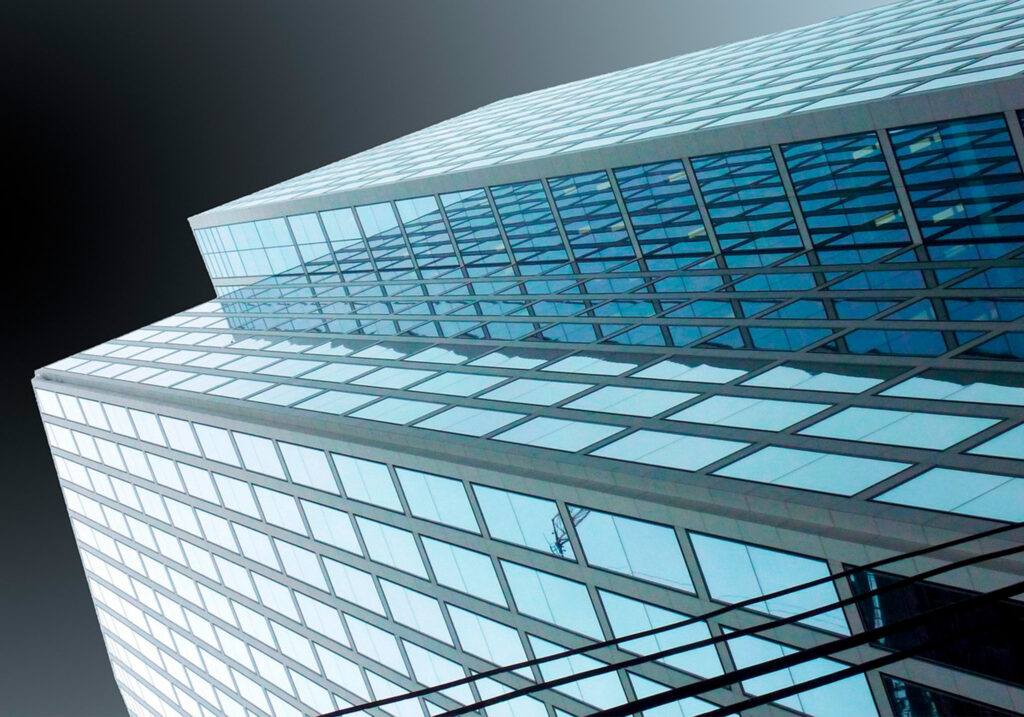Most homeowners are not familiar with anchors for metal buildings. These are what keeps metal buildings firmly secured to the ground.
The Importance of Anchors in Metal Buildings
Anchors play a crucial role in securing metal buildings to the ground, ensuring stability and resistance to external forces such as wind, seismic activity, and shifting soil conditions. Without the right anchoring system, a metal structure could become unstable or even collapse under extreme conditions. Choosing the correct type of anchor depends on various factors, including soil composition, climate, and building size. Proper anchoring ensures that the structure remains in place even when subjected to harsh environmental elements.
A well-anchored metal building provides long-term durability, safety, and peace of mind. Different anchor types are designed for specific ground conditions, from concrete slabs to loose soil or gravel. The correct anchor type helps prevent movement, shifting, or tilting, maintaining the structural integrity of the building. Without a strong anchoring system, even a high-quality metal building could suffer from damage due to uplift forces, soil erosion, or foundation instability. Understanding the characteristics and applications of each type of anchor will help in making an informed decision when installing or upgrading a metal building.
The selection of an appropriate anchoring system is not just about stability; it also affects a building’s compliance with local building codes and insurance requirements. Many municipalities and insurance companies have specific standards for anchoring metal buildings, particularly in areas prone to hurricanes, earthquakes, or heavy snowfall. Choosing the right type of anchor ensures that the building meets these requirements, reducing the risk of legal or financial complications in the future.
Concrete Expansion Anchors
One of the most commonly used anchor types for metal buildings is the concrete expansion anchor. These anchors are designed for structures built on solid concrete foundations. The anchor is inserted into a pre-drilled hole, and when tightened, it expands to grip the concrete, creating a firm hold. This expansion mechanism ensures a secure attachment that can withstand strong external forces such as high winds or seismic vibrations.
Concrete expansion anchors are ideal for permanent installations where stability is critical. They provide exceptional resistance against high winds and seismic activity, making them a popular choice in areas with harsh weather conditions. These anchors are particularly effective when used in thick, high-quality concrete slabs that can withstand the expansion force. However, their effectiveness depends on the quality and thickness of the concrete slab. If the concrete is too thin or weak, the anchor may not hold properly, leading to potential structural issues such as loosening or shifting over time.
Another consideration when using concrete expansion anchors is the installation process. Proper drilling and positioning are essential to ensure that the anchor expands correctly within the concrete. If installed incorrectly, the anchor may not provide the necessary grip, compromising the building’s stability. Regular inspections and maintenance are also necessary to ensure that the anchors remain in good condition, especially in regions where temperature fluctuations can cause concrete to expand and contract, potentially affecting the anchor’s grip over time.
Wedge Anchors
Wedge anchors are another popular choice for securing metal buildings to concrete foundations. They work similarly to expansion anchors but offer even greater holding power. These anchors feature a threaded bolt with a wedge-shaped expansion sleeve at the base. When tightened, the sleeve expands and locks the anchor securely in place. This makes wedge anchors ideal for heavy-duty applications where stability is a top priority. They are commonly used in commercial and industrial settings where metal structures must withstand significant loads and environmental stress.
One of the main advantages of wedge anchors is their exceptional load-bearing capacity. They provide a high level of resistance against shear and tensile forces, ensuring that metal buildings remain secure even in extreme weather conditions. Their strong grip on concrete surfaces prevents movement, making them especially useful for buildings exposed to high winds or seismic activity. Unlike some other anchors that may loosen over time, wedge anchors provide long-term reliability, reducing the need for frequent maintenance or adjustments.
Additionally, wedge anchors are highly resistant to vibration, which makes them an excellent option for metal buildings used in manufacturing or heavy equipment storage. Structures exposed to constant mechanical vibrations, such as workshops or warehouses with large machinery, benefit from the stability that wedge anchors provide. Their ability to maintain a firm grip on concrete ensures that metal buildings remain structurally sound even in demanding environments. However, they require precise drilling and installation to achieve maximum effectiveness, so professional installation is often recommended.
Screw-in Earth Anchors
For metal buildings that are installed on bare ground or gravel, screw-in earth anchors provide a practical and effective foundation solution. These anchors consist of a long, helical screw that is twisted deep into the soil, creating a firm hold that secures the structure in place. Screw-in earth anchors are commonly used for temporary structures, portable buildings, and carports, where a traditional concrete foundation is either impractical or unnecessary. Their versatility and ease of installation make them a popular choice for many metal building owners.
One of the biggest advantages of screw-in earth anchors is their flexibility. They can be installed and removed with relative ease, making them ideal for structures that may need to be relocated in the future. This is particularly useful for agricultural buildings, temporary storage units, and event structures that must be moved periodically. Unlike concrete anchors, which require permanent installation, screw-in earth anchors allow for greater adaptability while still providing a reliable hold.
However, the effectiveness of screw-in earth anchors depends heavily on the type of soil in which they are installed. In dense, compacted soil, they offer strong resistance to movement, ensuring stability for the metal building. In contrast, loose or sandy soil may not provide enough grip, causing the anchor to shift or loosen over time. To enhance their holding power in weaker soils, additional anchors or deeper installations may be required. Despite this limitation, screw-in earth anchors remain a cost-effective and efficient solution for securing metal buildings in various environments.
Rebar Anchors
Rebar anchors are commonly used for smaller metal buildings, such as sheds and lightweight carports. These anchors are long steel rods that are driven into the ground to secure the structure. They are typically used in areas with firm soil and are an economical option for securing light-duty metal buildings.
While rebar anchors provide decent stability, they are not suitable for high-wind or extreme weather conditions. They work best when combined with other anchoring methods or used in locations where environmental stress is minimal.
Auger Anchors
Auger anchors are similar to screw-in earth anchors but feature a larger, more aggressive helix for greater holding power. These anchors are commonly used for metal buildings installed on loose or sandy soil, where traditional anchors may struggle to maintain stability.
The auger design allows these anchors to grip the ground firmly, preventing movement even in high winds. They are frequently used in agricultural settings, such as securing metal barns and storage buildings. Installation requires specialized equipment to drill the anchor into the ground, ensuring a deep and secure hold.
Mobile Home Anchors (Tie-Down Anchors)
Mobile home anchors, also known as tie-down anchors, are designed to secure metal buildings in areas prone to strong winds or hurricanes. These anchors consist of a steel rod with a helical plate at the bottom, which is driven deep into the ground. A steel strap is then attached from the anchor to the metal building, providing additional support against uplift forces.
These anchors are particularly useful in coastal regions and areas with frequent storms. They help prevent metal buildings from being lifted off the ground during extreme weather events, offering an added layer of security.
Embedded Foundation Bolts
For metal buildings with a poured concrete foundation, embedded foundation bolts offer superior strength and stability. These bolts are installed during the concrete pouring process, ensuring a seamless connection between the building and the foundation.
Embedded foundation bolts provide one of the strongest anchoring solutions and are commonly used in commercial and industrial applications. However, they require careful planning and precise placement during construction to ensure proper alignment with the metal structure.
Choosing the Right Anchor for Your Metal Building
Selecting the right type of anchor depends on several factors, including soil conditions, building size, and environmental factors. Here are some considerations to keep in mind when choosing an anchor for a metal building:
- Foundation Type: If the building is on concrete, wedge anchors or expansion anchors are the best options. For ground installations, screw-in or auger anchors work well.
- Soil Composition: Loose or sandy soil requires auger anchors, while firm soil can support rebar or screw-in earth anchors.
- Weather Conditions: In high-wind areas, tie-down anchors provide extra protection against uplift.
- Building Usage: Permanent structures benefit from embedded foundation bolts, while temporary buildings may need removable anchors.
Proper Installation of Metal Building Anchors
Installing anchors correctly is just as important as selecting the right type. Poorly installed anchors can compromise the stability of a metal building, leading to potential damage or failure.
Before installation, it is crucial to assess the ground conditions and determine the appropriate anchor depth. Concrete anchors should be installed in pre-drilled holes of the correct size, ensuring a tight fit. For ground anchors, driving them deep enough into the soil prevents shifting or loosening over time.
Periodic inspections and maintenance are also essential to ensure the anchors remain secure. Over time, ground anchors may need to be re-tightened, especially in areas with shifting soil or extreme weather conditions.
Conclusion
Anchors are a fundamental component of metal building construction, ensuring stability, durability, and resistance to environmental forces. The right anchoring system depends on factors such as foundation type, soil conditions, and climate. From wedge anchors for concrete foundations to auger anchors for loose soil, each type serves a specific purpose in keeping metal buildings secure.
By understanding the different types of anchors available and selecting the best option for your needs, you can enhance the longevity and safety of your metal building, protecting your investment for years to come

